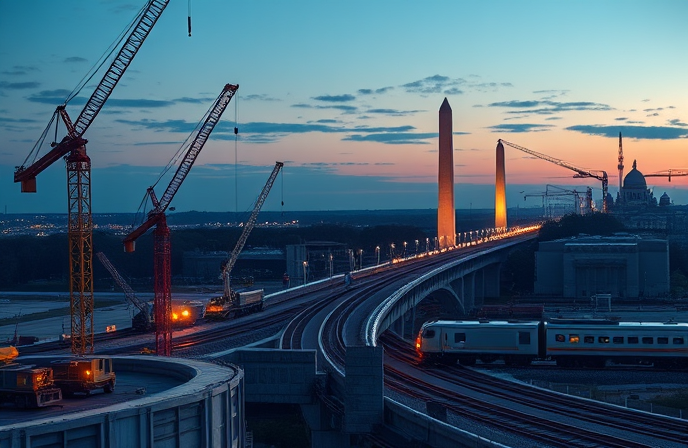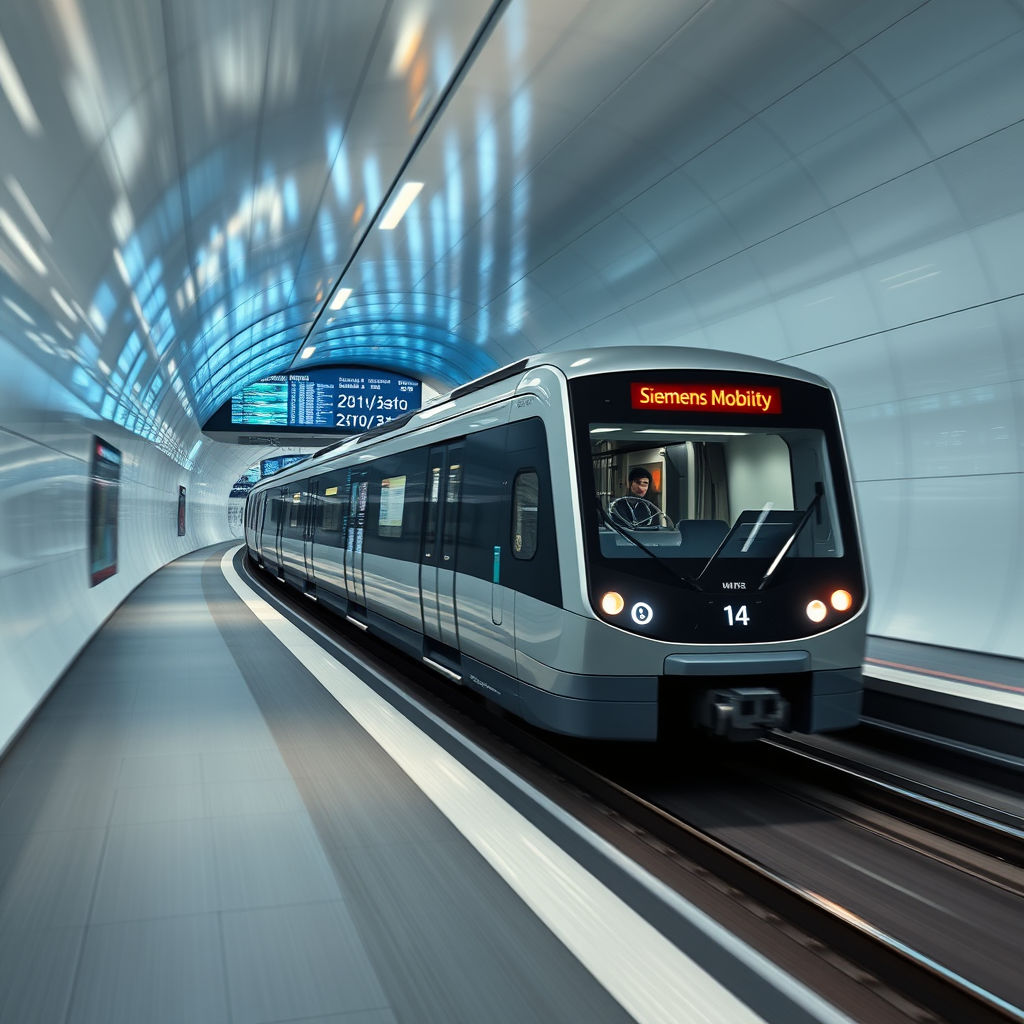Uganda to Begin $2.3bn Railway Project in This Year
Uganda has announced plans to start building a $2.3bn standard-gauge railway between its capital and the Kenyan border later this year, dropping an earlier demand that Kenya first complete its line between the border and the port of Mombasa.

Uganda has announced plans to start building a $2.3bn standard-gauge railway between its capital and the Kenyan border later this year, dropping an earlier demand that Kenya first complete its line between the border and the port of Mombasa.
The 273km electrified track, which will link Kampala and the Kenyan border town of Malaba, will be built by China Harbour Engineering (CHEC) and is due to be completed in the middle of 2020.
Kasingye Kyamugambi, the project’s coordinator, told Uganda’s New Vision website that land acquisition was 60% complete and efforts were being made to buy the remaining plots by February.
As with Kenya’s standard gauge railway, the work is being funded by China’s Export–Import Bank. The size of the loan, and the terms on which it is being offered, have not been made public. However, it was reported in 2014 that $8bn would be sought.
Uganda is seen as a good credit risk owing to the recent discovery of an oil field in the Lake Albert basin. It is estimated that this contains 1.7 billion barrels of recoverable reserves. According to Bloomberg, this will net the Ugandan government around $43bn over the next 25 years.
It is predicted that the railway will have a dramatic impact on moving people and goods through the country.
President Yoweri Museveni said the railway would halve the cost of getting a 32-tonne container to Mombasa, from $3,500 by road, to $1,650 by rail, and would cut the journey time from 21 days to one.
At present, more than 95% of all freight movement in the region is by road, which New Vision describes as “expensive, unsafe and unreliable”. The 5% carried on rail uses a dilapidated meter gauge system dating from the colonial era (pictured).
The developing east African regional rail system is primarily intended to provide a link between the densely populated and fast growing Great Lake states of Uganda, Rwanda and Burundi and the Indian Ocean ports of Mombasa and Dar es Salaam.
Later phases will involve a north–south line to the west of the lakes, connecting the Burundian capital of Bujumbura and Kampala. There may also be a third east–west line between the future port of Lamu and Juba in South Sudan. Other extensions will take the system through the Democratic Republic of Congo to Angola, although this is still a fairly distant prospect.



